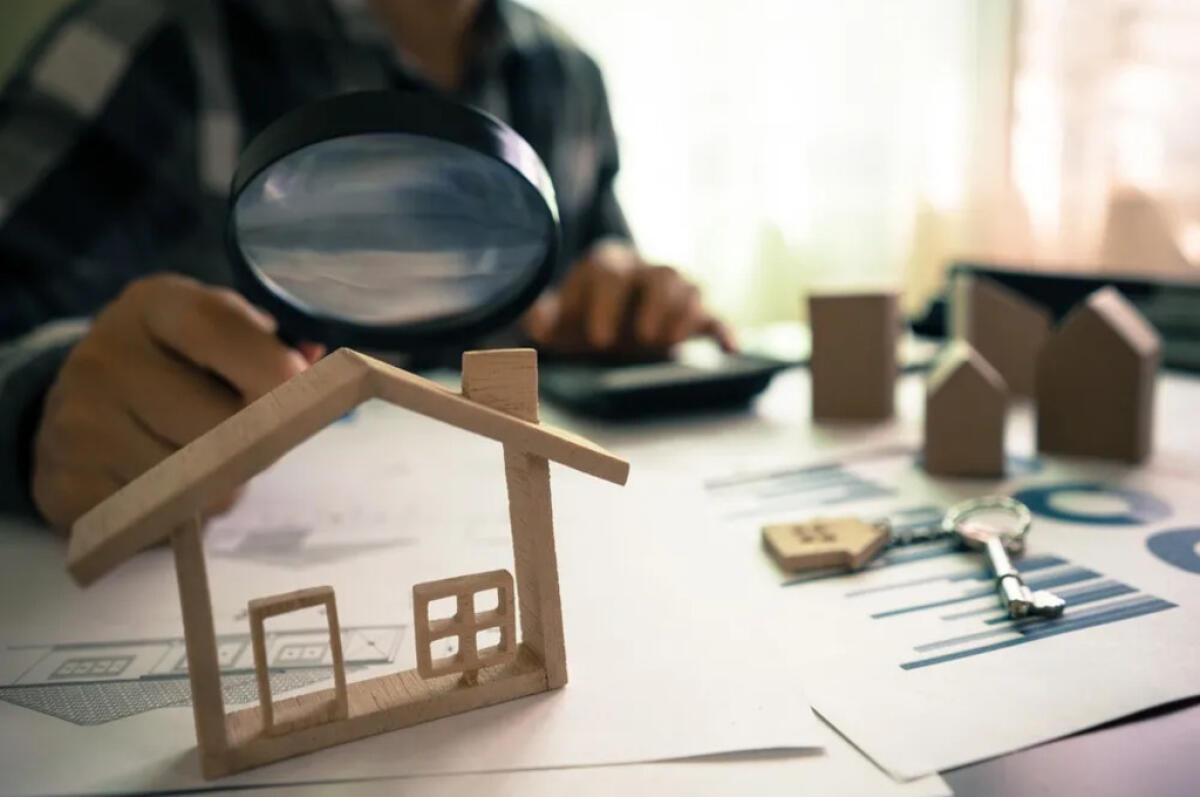Hidden defects in a second-hand home, examples and how to complain
Buying a second-hand home can be a great investment, but it can also come with hidden defects that may not be immediately visible. These defects can be related to various aspects, such as the existence of woodworm, waterproofing defects or deficiencies in thermal insulation, among others.
In this article we will explore the concept of hidden defects in a second-hand home, give examples of common defects and talk about the importance of thoroughly inspecting a property before making the purchase. We will also talk about how to claim for hidden defects in a second-hand home. So, if you are thinking about buying a home, read on to learn what hidden home defects are and how to protect yourself from possible problems.
Article 1485 of the Spanish Civil Code and hidden defects in homes
If you are thinking of buying a second-hand home in Spain, it is essential to know the legal implications in detail, especially article 1485 of the Spanish Civil Code, which deals with hidden defects in homes.
What is article 1485 of the Spanish Civil Code?
Article 1485 of the Spanish Civil Code is a legal regulation applicable to home buyers in Spain. It specifies that the seller of a home is legally obliged to guarantee that the home has no hidden defects, unless the buyer is aware of these defects and has accepted their purchase in writing. Under this law, defects hidden in plain sight that make the property unsuitable for residential purposes can be considered hidden defects.In case of any hidden defects that arise after the purchase, the buyer may opt for a legal claim against the seller. The buyer has the right to retain the property after partial compensation from the seller; He can also choose to return the property and receive a full refund or, alternatively, repair the defects in the property and be reimbursed by the seller.
Examples of hidden defects in a property?
It is essential to know the defects that may be considered hidden before purchasing a property.
The following defects are examples that can be considered hidden defects:
Structural issues: These may include issues such as unstable foundations or cracks in walls that may not be visible during viewings.
Water and Moisture: Moisture or waterlogging caused by problems such as inadequate plumbing or roof leaks can be considered hidden defects. Plumbing problems in pipes that cause the running water installation to not have sufficient flow can also be considered hidden defects.
Infestations: Hidden pest infestations, such as rodents, termites or other insects, discovered after purchase may be considered hidden defects.
Electrical problems: Inoperative switches, improper wiring, or any electrical fault that arises after purchase can be considered a hidden defect.
Legal Issues: Any legal obligation that should have been known to the seller before the sale, but was not disclosed to the buyer, may be considered a hidden defect.
The importance of inspecting a property before buying.
Before making the decision to buy a second-hand residence, it is essential to carry out a meticulous examination of the home. Potential buyers should be wary of invisible problems that may not be visible to the naked eye and could cause serious consequences in the future.
a thorough professional inspection can help reveal any potential problems and determine whether the property is a worthwhile investment. To carry out this inspection, it would be advisable to go to a specialist, normally an expert, architect or technical architect specialized in this type of audits. This way, potential buyers can make an informed decision about whether or not to purchase the property, and can take steps to fix any problems before they become serious.
Examining the home is of utmost importance before investing in an old second-hand house.
What to do in case of hidden defects?
When purchasing a second-hand home, documenting any anomalies and keeping a record of all conversations with the seller is an essential part of the process. By taking photographs and writing down details of the problems, you will have evidence to support your claim in the event of a dispute. It is also important to act quickly when filing a claim, as there may be little time to make a claim after purchase.
In case you come across any hidden defect in your newly purchased property, the first step would be to approach the seller and request appropriate repair. my





